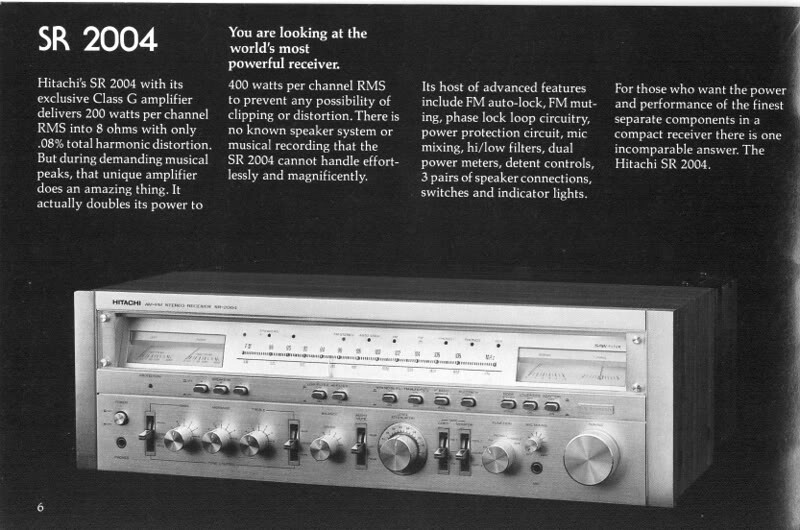steveUK
Active Member
In my quest to identify and maybe locate high powered (c85W/ch and above), so called 'monster' receivers, I have been perusing data sites looking at specs. From what I can see, Aiwa never really entered the receiver wars battle. They had the AX-7800 rated at 60w/ch and that was about it power wise - to my knowledge. They also had the AX-7600 that kinda looked the part, but it was only rated at 40w/ch. It got me thinking, were there any other major players who did not make a receiver of say 85w/ch minimum? I'm struggling to find another!




 HitachiSR2004
HitachiSR2004